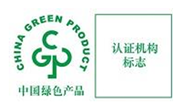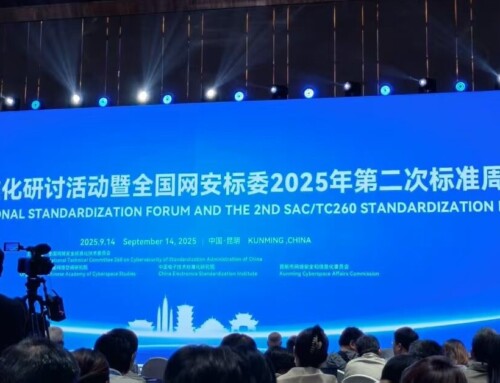On September 9, 2025, National Certification and Accreditation Administration (CNCA) introduced new implementation rules for green product certification and revised existing ones, which is a significant update to its national green product certification system. This move reinforces China’s commitment to its unified green product standards, certification, and labeling framework.
The newly established implementation rules apply to 9 product categories, including
- lighting products,
- returnable containers in logistics,
- dyes, ready-mixed mortar for decoration,
- stone,
- refractory materials,
- computers,
- printers and multifunction devices, and
- wall material.
Notably, the inclusion of electronic products in China’s green product certification catalog for the first time is a milestone for driving the sector’s sustainable and high-quality development.
Concurrently, CNCA completed revisions to the green certification rules for 7 existing categories, covering
- sanitary wares,
- furniture,
- thermal insulation materials,
- wood-plastic composites,
- textile products,
- paper and paper products, and
- Ceramics tiles(board).
All those implementation rules have taken effect on September 4, 2025.
According to the implementation rules, the certification model adopts a comprehensive three-stage process of “initial inspection + product sampling inspection + post-certification supervision.” The fundamental certification procedure includes:
(1) application submission,
(2) initial inspection (encompassing document review and on-site audit),
(3) product sampling and testing,
(4) evaluation and approval of certification results, and
(5) post-certification supervision.
Certified bodies authorized for green product certification are required to implement certification and issue certificates strictly in accordance with the newly published rules. The certification certificates will carry a five-year validity period, with their ongoing validity maintained through periodic surveillance mechanisms. Previously issued certificates remain valid under transitional arrangements that allow for natural progression to the new requirements through certificate renewal, product modification, or standard revision processes. Enterprises that successfully obtain certification may display the green product logo, as illustrated in Figure 1, on their certified products, nameplates, packaging, accompanying documentation, operating systems, and e-commerce platforms.

Foreign stakeholders are advised to promptly review their product lines, proactively plan certification work, and integrate the new regulatory requirements into their R&D and quality management systems to mitigate compliance risks and capitalize on market opportunities.
Chinese source of the article: https://www.cnca.gov.cn/zwxx/gg/2025/art/2025/art_c2d4fa482098485a8828f026ddb85dc9.html




